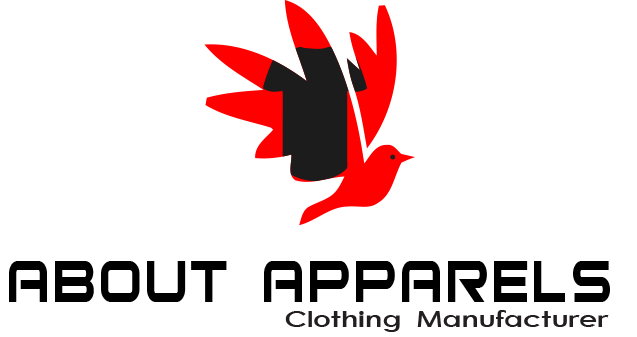
Real Leather Vs Genuine Leather
While real leather is self-explanatory i.e. actual rawhide and skin, made into leather products. Genuine leather has many confused, starting from its name ‘genuine’ which not only means that it is also real leather, but more importantly is the lowest grade or quality of real leather. This means that one of the major differences between real and genuine leather is initially based on choice. Yes that’s right! Genuine leather is based on selection and is totally up to the consumer on whether this type of leather suits the utility of the product or not. For instance, it would be okay to have a belt made of genuine leather as you wouldn’t mind replacing it after some time as it is inexpensive and not something you’d expect to have long-term. A bag or jacket on the other hand, would be considered an investment, hence the quality would need to be top-notch which is where real leather steps in.

A Closeup Of A Real Leather Jacket Available At The Jacket Maker
This brings us to another difference between real leather and genuine leather and that is the price points for each. While real leather would be found pricier always and often in quality conscious department stores you will find them at fixed prices, genuine leather is a lot cheaper regardless where it is being purchased from. On a much more substantial level, goods marked as genuine leather will always be identified by the several layers of low quality leather pieces bonded together with glue and then painted to look like a better-quality leather. It’s what is leftover when the other, higher grades of leather are stripped away. It is key to note that all big brands focused on selling high-end products, yes; luxe included, all use real leather or the highest grade of real leather which is full grain or even top grain which are the top two.
Real leather being the purest form which very often if not always, includes imperfections as in scars, grain, scratches and yes even hair. After all, hide and skin of animals aren’t different from any skin; humans included. Hence it can be identified even by smell. Many may cringe at the thought of imperfections and wrinkles or even grain and hair let alone smell, when dealing with say custom leather jackets or apparel, however wrinkles and scars are actually what you want to have, these are good and help you identify the leather that is used so you know it is not genuine leather or even faux. Due to this being rawhide or skin, real leather also has a rigid quality that makes working with this type, more time consuming and at times difficult. A fun fact is that real leather has a tendency to age well. Much like wine, the older it gets the better it looks. Over time a distinct patina is visible that gives the product a very rich and luxurious look.

Genuine Leather Is The Third Grade Of Leather
Did You Know?
Genuine leather is also called corrected grain which cues in our next point. Usually found being used in belts, bags and shoes, genuine leather aka corrected grain gets its name from the ‘correction’ that the leather undergoes to achieve a particular look that is reserved to the genuine leather family. The grain on genuine leather is artificially applied to the surface and all imperfections that once existed are sanded away or corrected which ultimately gives the artificial grain a more embossed look. Corrected grain leathers can be bought in either semi-aniline or pigmented finishes.
Try To Remember
As much as there is misinformation circulating around the web, so too will you find many products being passed off as real leather when in fact they are not. Also be warned of labeling. If the label says man-made that means it’s faux, if there is no label indicating leather type, this could mean the manufacturer wants to conceal possible facts about the leather being genuine instead of real. In which case it is best to ask before you purchase. Sometimes a label or two is often lost and is indeed real leather, which makes this next tip all the more interesting. Most manufacturers have gotten so skilled that several products can be found to mimic real leather, which makes any kind of online purchase, solely based on imagery a potential walk in the dark.
What Is The Difference Between Bespoke And Made To Measure?
One of many questions that people have, and seem to be looking for answers to, is the difference between bespoke and made to measure. Now whether it is in context to shirts, suiting or any type of apparel to footwear or in our case, outerwear; it’s without a doubt that this distinction between two processes have become confusing over time and debatable, mainly due to their inaccurate usage.
With regards to marketing or any other aspect catered to, by various individuals, groups and companies, businesses that often highlight the featuring of bespoke, don’t always offer the same as the elements of the process differ from the original. This is where we step in and clear up this long debated subject by providing simple and memorable points that sharply differentiate between the two.
As the name suggests, bespoke; meaning to give order for it to be made, commissioned or arranged for, is a term used specifically for a tailored process that offers the highest form of customization that is as exclusive as the process itself. Gradually being diminished somehow, in value and exclusivity, thanks to many people and places that use the word incorrectly, little is being done to save it. Many have used the term to make an impression while others have only sought monetary gain, still others who are simply unaware of the correct use of the term, leaves the authenticity of this process to remain compromised. Not us!
For the simplest understanding we’ll dissect this six step process and highlight the differences as we go along.



pHqghUme